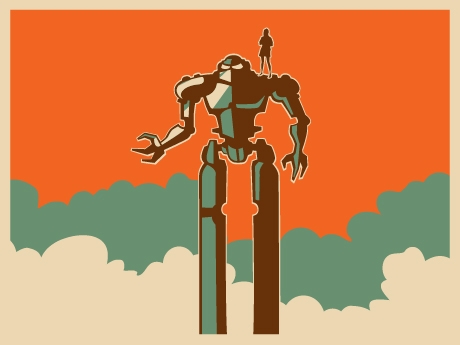Many teachers know that children learn best by doing. Champions of project-based learning have decades of research to support this, includingEdutopia’s own compendium. In recent years, the Maker movement has generated a new following in education with many teachers adding interesting new tools and materials like robots, 3D printing, e-textiles, and more. The idea that interesting materials and opportunities for students to work independently on in-depth projects dovetails nicely into what we know about creating optimal learning environments for children.
Should we worry that making in the classroom is just the new-new thing, soon to be replaced by some other newer new-new thing? Should we worry that lots of schools will run out and buy 3D printers without thinking about what they will do with them? Yes, I think we should worry, but not give up! To prevent this, I like to combine the work of education pioneers and giants with the new work of scholars to show that this is more than just a fad or a chance for a shopping spree.
I also think that “making” shouldn’t be just making anything. Schools have a tendency to cherry-pick the easiest parts of implementing complex ideas. When we talk about making in the classroom, we have to continually raise the bar and challenge ourselves to create an academically worthy process. The best way to do this, in my opinion, is to add computational technology to the making.








